Here’s an in-depth look at tropical flowers you can plant in June, including their temperature tolerances, planting tips, and unique characteristics that make them perfect for your garden.
Hibiscus
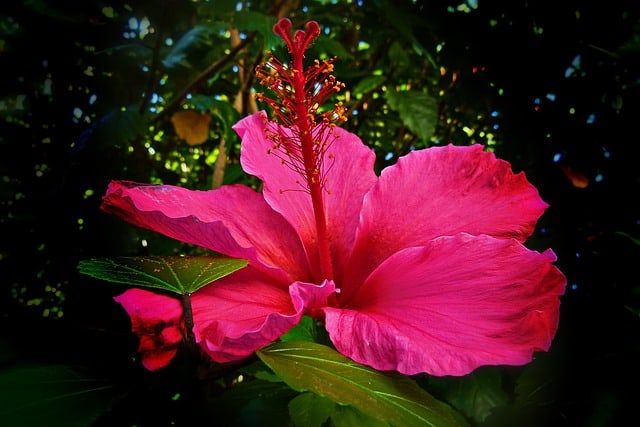
Temperature Tolerance: Hibiscus flowers thrive in temperatures ranging from 60°F to 90°F (15°C to 32°C) and can tolerate brief temperature drops to the mid-30s°F (around 1°C), but they perform best when consistently warm.
Planting Details: Hibiscus can be planted outdoors after the last frost, typically in late March or early April in Zone 9. However, June planting can still yield beautiful blooms well into fall.
Hibiscus is renowned for its large, showy flowers that can grow up to a foot in diameter. They come in a variety of colors, including red, pink, yellow, and white, and their blossoms often attract pollinators such as butterflies and hummingbirds. These plants prefer well-draining soil rich in organic matter and love full sun exposure. Regular watering is essential, especially in hot summer months, to keep the soil moist but not waterlogged.
Hibiscus can be grown as a perennial shrub or annual plant in cooler areas and can also be trained into tree form, adding versatility to your landscape. Fertilizing every few weeks during the growing season encourages a continuous display of flowers.
Bougainvillea
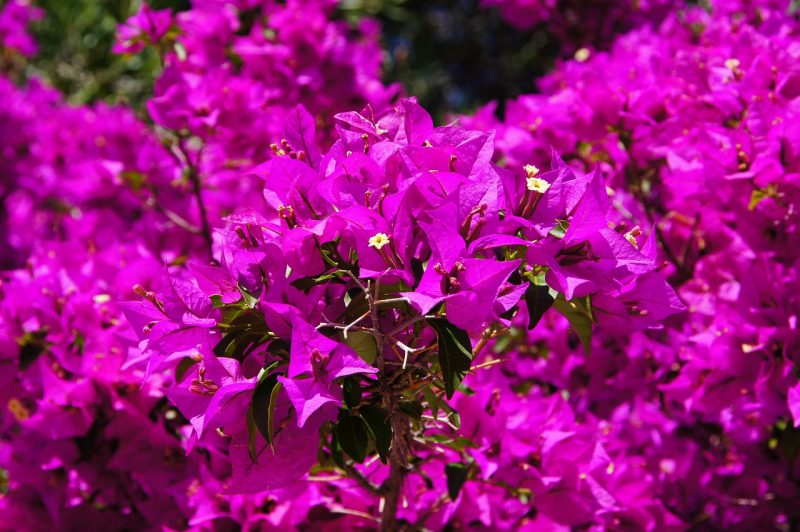
Temperature Tolerance: Bougainvillea thrives in warmer temperatures, generally preferring those above 55°F (13°C). They can tolerate heat, making them ideal for the long summers of Zone 9.
Planting Details: Plant bougainvillea in June for vibrant blooms that can last throughout summer and into fall. They establish well in summer heat, allowing them to become more robust as they grow.
Bougainvillea’s vibrant, paper-like bracts in shades of magenta, orange, and purple can add dramatic flair to any garden. They grow as vines, shrubs, or ground cover, making them versatile for various landscaping projects. Full sun is essential for this plant to flourish, as it promotes blooming and helps prevent diseases.
One of the most attractive features of bougainvillea is its drought tolerance. Once established, it requires minimal watering, making it a low-maintenance choice. To encourage bushy growth and abundant flowering, periodic pruning is recommended after blooming.
Plumeria
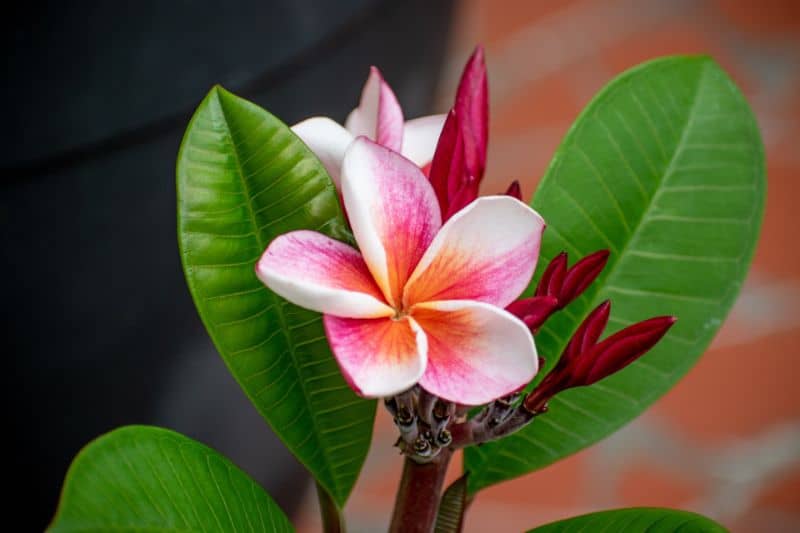
Temperature Tolerance: Plumeria prefers warm temperatures between 65°F and 80°F (18°C to 27°C) and can tolerate brief dips to 40°F (4°C) if well established but should be protected from freezing temperatures.
Planting Details: June is an excellent month to plant plumeria, allowing it to establish roots during the growing season, leading to lush foliage and prolific blooms in late summer.
Plumeria, known for its delightful fragrance and beautiful flowers, comes in colors ranging from white to vibrant pink, yellow, and red. These tropical plants are often used in leis and can create a fragrant oasis in your garden. The plants do best in well-draining soil and full sun; however, they can tolerate some shade during the hottest afternoons.
During the growing season, plumeria requires regular watering but should be allowed to dry out between watering sessions. Fertilizing with a balanced low-nitrogen fertilizer promotes flowering, while pruning after the blooming season can keep their shapes tidy and healthy.
Bird of Paradise

Temperature Tolerance: Bird of Paradise thrives in warm climates, comfortably growing at 65°F to 100°F (18°C to 38°C). Protect it from temperatures below 30°F (-1°C).
Planting Details: Plant Bird of Paradise in June to ensure it can establish strong roots during the warm season, which is crucial for its rapid growth.
Bird of Paradise is known for its striking flower structure, resembling exotic birds in flight. The flowers range from vivid oranges and blues, providing dramatic visual interest. This plant enjoys sunny locations and well-drained soil, so ensuring good drainage is vital for healthy growth.
Bird of Paradise can grow quite tall and can be used as a focal point in gardens or as a backdrop for shorter flowers. It also requires periodic watering and a balanced fertilizer during the growing season to enhance flowering. In addition, regular pruning helps remove dead or damaged leaves, promoting a healthier plant.
Tropical Hibiscus

Temperature Tolerance: Similar to traditional hibiscus, tropical hibiscus favors temperatures between 60°F to 90°F (15°C to 32°C), showing good resilience in warmer climates.
Planting Details: June planting allows tropical hibiscus to establish growth patterns early in the summer, leading to a bountiful chain of vibrant blooms.
Tropical hibiscus plants exhibit larger blooms than their traditional counterparts, often reaching up to 10 inches across. They come in myriad colors, adding a tropical vibe to any garden. Growing them requires full sun exposure and consistently moist (but well-drained) soil.
With regular watering and moderate fertilization, tropical hibiscus will produce an abundant display of flowers throughout the summer, with many varieties still blooming into the fall. They can be grown in containers, which is ideal for seasonal decorating or creating mobile garden arrangements.
Cannas
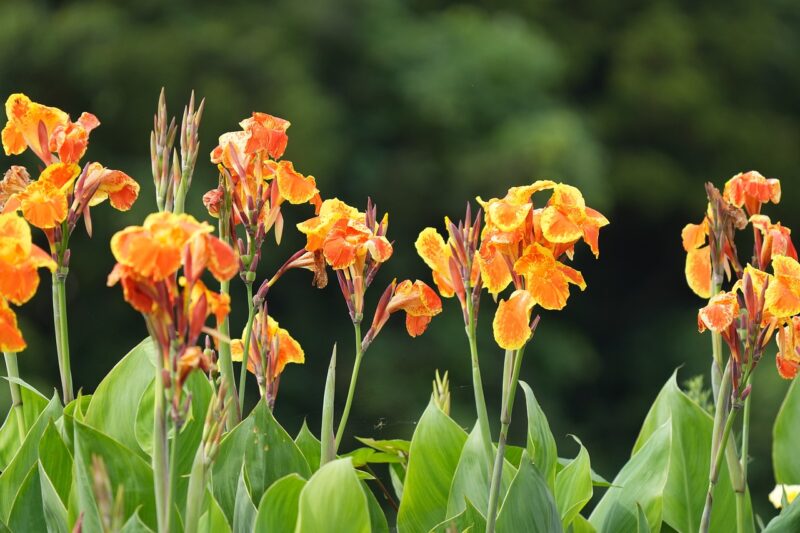
Temperature Tolerance: Cannas flourish in warm temperatures of around 70°F to 90°F (21°C to 32°C) and can tolerate somewhat cooler conditions but should be protected from frost.
Planting Details: Plant cannas in June after all danger of frost has passed for maximum growth and flowering during the summer months.
Known for their large, paddle-like leaves and tall flower spikes, cannas add drama and tropical flair to any garden. Their flowers appear in a rainbow of colors, including red, orange, and yellow. Cannas thrive in rich, moist soil, and regular watering is crucial, especially in hotter temperatures.
These plants prefer full sun, though some afternoon shade can help prevent leaf scorch. Regular fertilization encourages vigorous growth and abundant blooming. Cannas can also be lifted and divided in the fall for replanting or storing over winter, allowing you to multiply your garden’s display for future seasons.
Heliconia
![]()
Temperature Tolerance: Heliconia thrives in temperatures between 65°F and 90°F (18°C to 32°C). They are typically not frost-tolerant, so ensure protection if temperatures dip below 40°F (4°C).
Planting Details: June is ideal for planting Heliconia, allowing for growth in warmer weather conditions, leading to magnificent colors by late summer.
Heliconia, with its unique, lobster-claw shape, creates an exotic touch in any garden. The plants produce amazing flowers in vibrant hues, attracting hummingbirds and other pollinators. They prefer rich, well-draining soil and can thrive in partial shade, although full sun encourages more blooms.
Watering regularly is essential, particularly in dry spells, and they benefit from fertilization during the active growing season to promote healthy flowering. These plants can grow quite tall, making them an excellent backdrop for shorter species.
Chinese Lantern Plant (Physalis)
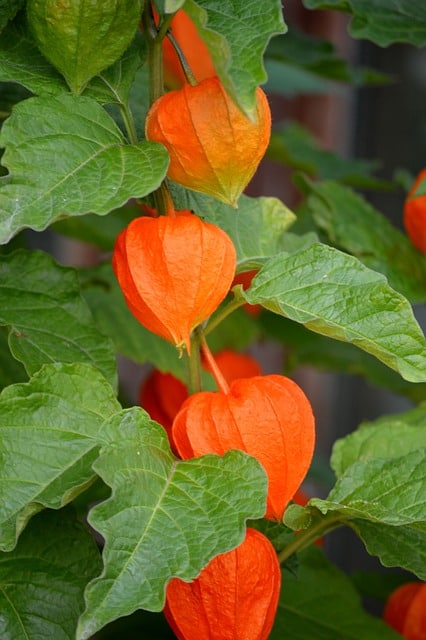
Temperature Tolerance: Chinese Lanterns prefer moderate temperatures between 70°F to 85°F (21°C to 29°C), and they should not be exposed to frost.
Planting Details: Plant Chinese Lanterns in June to allow their foliage and iconic lantern-like husks to develop through summer.
The delightful and visually captivating Chinese Lantern plant is recognized for its unique, bright orange husks that resemble lanterns. These plants thrive in well-drained soil and prefer full sun or partial shade, making them versatile additions to gardens.
Once established, they exhibit strong resistance to drought, requiring minimal watering. These charming plants will bring a whimsical quality to your garden and are particularly appealing as cut flowers in arrangements.
Lantana
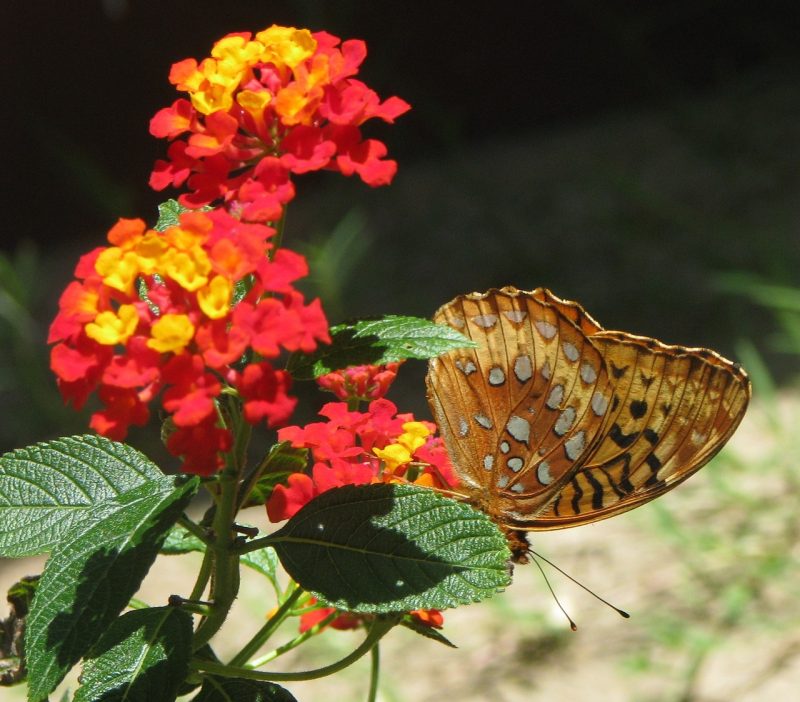
Temperature Tolerance: Lantanas thrive best in warm weather, enjoying temperatures between 60°F and 90°F (15°C to 32°C). They can tolerate drought and are resistant to heat stress.
Planting Details: June is an exceptional time to plant lantana, allowing for the full blooming potential as summer peaks.
With clusters of brightly colored flowers that attract butterflies and other pollinators, lantana is a beloved addition to tropical gardens. They are low-maintenance and can be grown as sprawling groundcovers or as upright shrubs.
Lantana loves full sun and thrives in well-draining soil. While they typically resist drought well, regular watering aids in achieving fuller blooms. Pruning dead or wilted flowers promotes continued blooming throughout the season.
Tithonia (Mexican Sunflower)
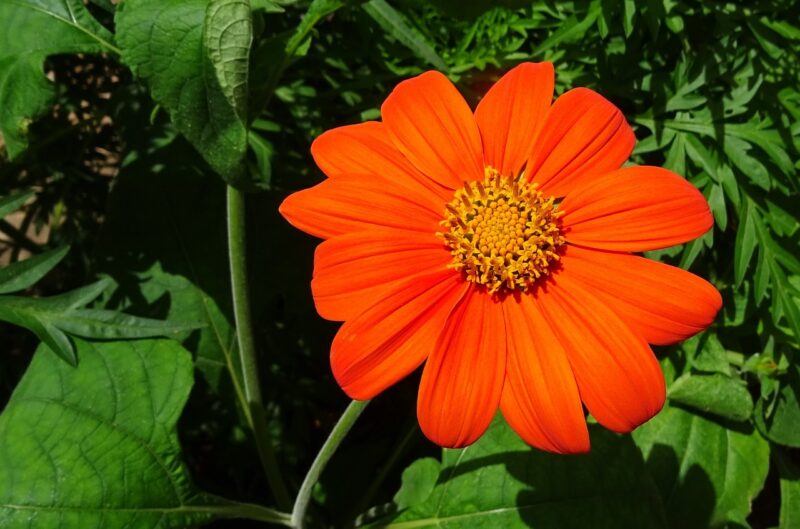
Temperature Tolerance: Tithonia thrives in warm temperatures from 70°F to 90°F (21°C to 32°C) and should not be exposed to frost.
Planting Details: Plant Tithonia seeds in June to ensure quick establishment and enjoyment of their vibrant orange flowers during peak summer months.
Tithonia, or Mexican sunflower, is a bold addition to the tropical garden with its striking, large flowers that attract numerous pollinators. These annuals thrive in full sun and well-drained soils. Regular watering during dry spells ensures healthy growth and vibrant flowers.
They are low-maintenance and reach heights of 2 to 5 feet, making them excellent for filling in larger garden spaces. Additionally, Tithonia’s vibrant flowers make for great cut flowers, allowing you to enjoy their radiance indoors.
Coreopsis
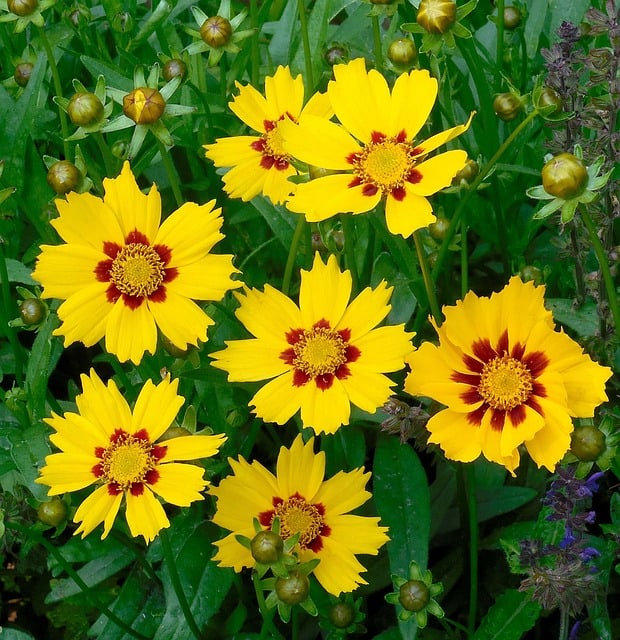
Temperature Tolerance: Coreopsis is resilient, thriving between 60°F and 90°F (15°C to 32°C), and is resistant to short periods of cold but should be protected from frost.
Planting Details: Plant coreopsis in June to capitalize on their vibrant blooms during the summer and fall.
Coreopsis, often known as tickseed, brings a cheerful burst of color to gardens with their bright yellow and orange flowers. They thrive in sunny locations and can adapt to various soil types, from sandy to clay.
These perennials are low-maintenance, requiring minimal watering once established, and they bloom prolifically with proper care. Deadheading encourages new blooms, and their hearty nature makes them a great choice for beginning gardeners looking for reliable summer color.
Marigold
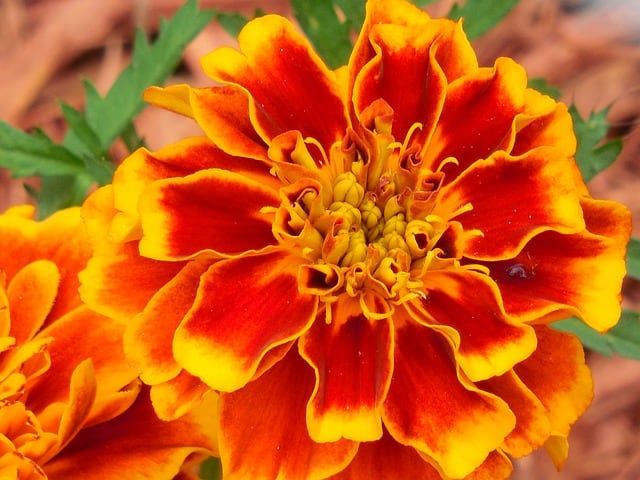
Temperature Tolerance: Marigolds thrive in climates that range from 65°F to 85°F (18°C to 29°C) and can tolerate moderate heat well.
Planting Details: June is a great time to sow marigold seeds directly into the garden or transplant seedlings to see them explode with color during the summer.
Marigolds are popular for their bright flowers and pest-repelling properties that can protect other flowers in your garden. They can be found in many shades of yellow, orange, and red, and prefer full sun and well-draining soil.
These hardy annuals are low-maintenance, making them perfect for novice gardeners. Regular watering will keep them thriving, and deadheading spent flowers encourages continuous blooming, making them a colorful addition to your landscape.
Pentas

Temperature Tolerance: Pentas are happiest in the warm range of 60°F to 90°F (15°C to 32°C) and should be protected from frost.
Planting Details: Plant pentas in June to enjoy an abundant display of blooms that attract pollinators throughout the summer.
Pentas, or star flowers, feature clusters of star-shaped blooms in various colors, including pink, red, lavender, and white. These beautiful flowers are famous for attracting butterflies and hummingbirds to the garden.
Pentas prefer full sun and well-drained soil, thriving with regular watering during the hot summer months. These plants can be grown as annuals or perennials, depending on local climate zones. They’re also excellent in containers, allowing for mobile garden displays.
Verbena
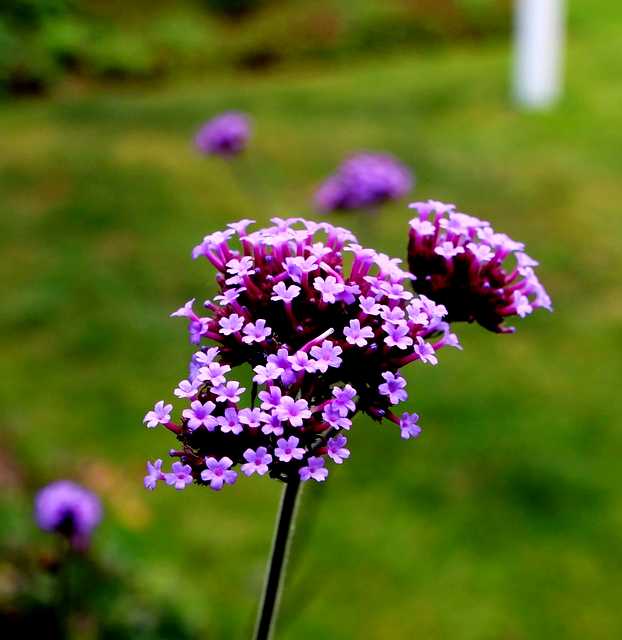
Temperature Tolerance: Verbena flourishes in temperatures from 60°F to 90°F (15°C to 32°C) and can tolerate some heat stress but should not be exposed to frost.
Planting Details: Plant verbena in early June to allow for robust growth and a stunning summer display.
Verbena is prized for its cascading flowers that come in various colors, ideal for hanging baskets or as ground coverage. These flowering plants provide vibrant accents while attracting butterflies and beneficial insects.
They thrive in full sun and light, well-drained soil, making them easy to care for and versatile for different garden styles. Regular deadheading of spent flowers will promote continuous blooms throughout the season.
Mandevilla
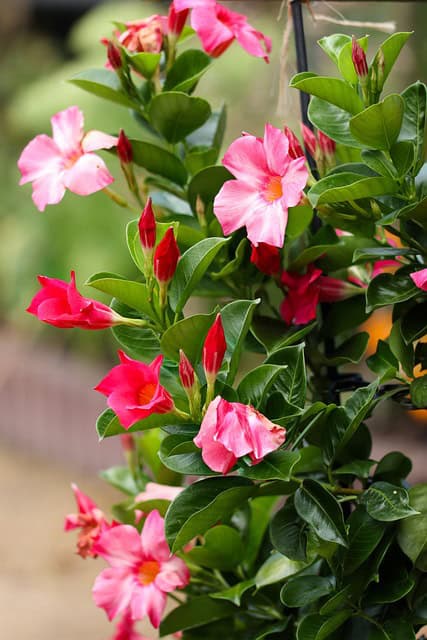
Temperature Tolerance: Mandevilla is best suited for warmer conditions, thriving in temperatures between 70°F and 85°F (21°C to 29°C) but can withstand short drops to 40°F (4°C).
Planting Details: Plant mandevilla in June to capitalize on their summer growth potential, which thrives in the warmth.
Mandevilla is beloved for its large, trumpet-shaped flowers that bloom in vibrant shades of pink, white, and red. This climbing vine can easily decorate trellises, fences, or containers in sunny locations.
Mandevilla thrives in well-draining soil and enjoys regular watering. Fertilizing every month during the growing season will promote lush foliage and a spectacular display of blooms. Pruning in late winter or early spring encourages a sturdy shape and abundant flowering.
Strelitzia

Temperature Tolerance: Strelitzia, or bird of paradise, flourishes best in temperatures from 65°F to 90°F (18°C to 32°C) and should be protected from frost.
Planting Details: June is an excellent time for planting Strelitzia, allowing it to take advantage of the warm weather for strong new growth.
Strelitzia’s dramatic foliage and unique flower structure make it an eye-catching tropical plant. Its blooms are often compared to birds in flight, featuring vibrant orange and blue colors.
These plants love full sun and well-drained soil, growing to impressive heights. Medium watering is essential, particularly during dry periods; however, they prefer their soil to dry out between waterings. Fertilizing every few months during the growing season encourages vibrant blooms and robust plants.
Jasmine
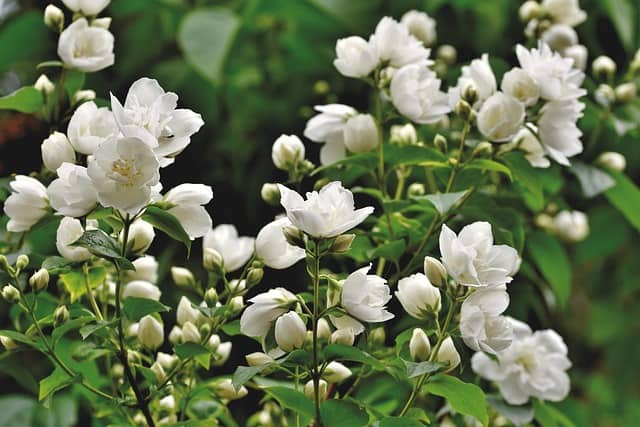
Temperature Tolerance: Jasmine prefers warm climates, thriving in temperatures between 60°F and 80°F (15°C to 27°C) and is sensitive to frost.
Planting Details: Plant jasmine in June to enjoy their fragrant blooms throughout summer.
Jasmine is cherished for its sweet fragrance and delicate white flowers that can brighten any garden. The plant prefers full sun to partial shade and grows well in well-drained soils, making it resilient.
These climbing plants are excellent for trellises or espalier and can spread quickly, so regular pruning is encouraged to maintain desired shapes. Jasmine can be low-maintenance, requiring periodic watering, especially during drought periods.
Zinnia
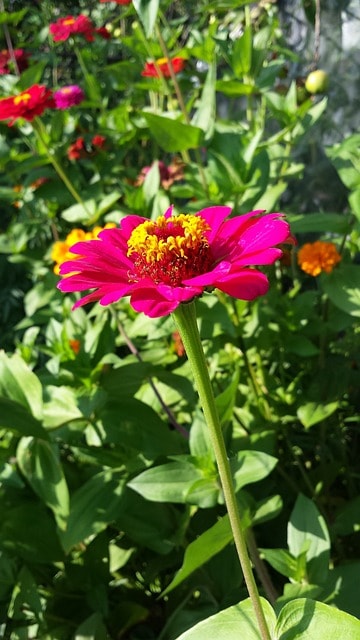
Temperature Tolerance: Zinnias thrive in temperatures ranging from 70°F to 90°F (21°C to 32°C) and can tolerate fluctuations in temperature if moisture levels are maintained.
Planting Details: June is perfect for sowing zinnia seeds directly into the garden, allowing for robust growth and colorful displays throughout the summer.
Zinnias are cheerful annual flowers known for their vibrant colors and robust growth. They thrive in full sun and well-drained soil, making them easy to cultivate in almost any garden.
With limited maintenance, zinnias enjoy regular watering but should not be overwatered as they prefer to dry slightly between waterings to prevent fungal issues. They also attract butterflies, enhancing your garden’s life and vibrance.





